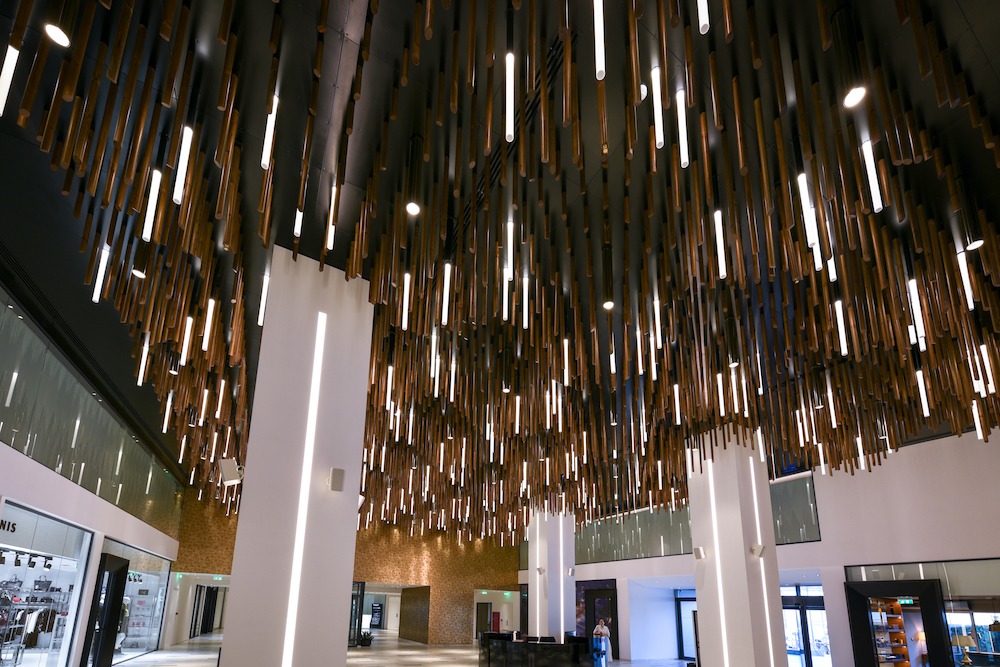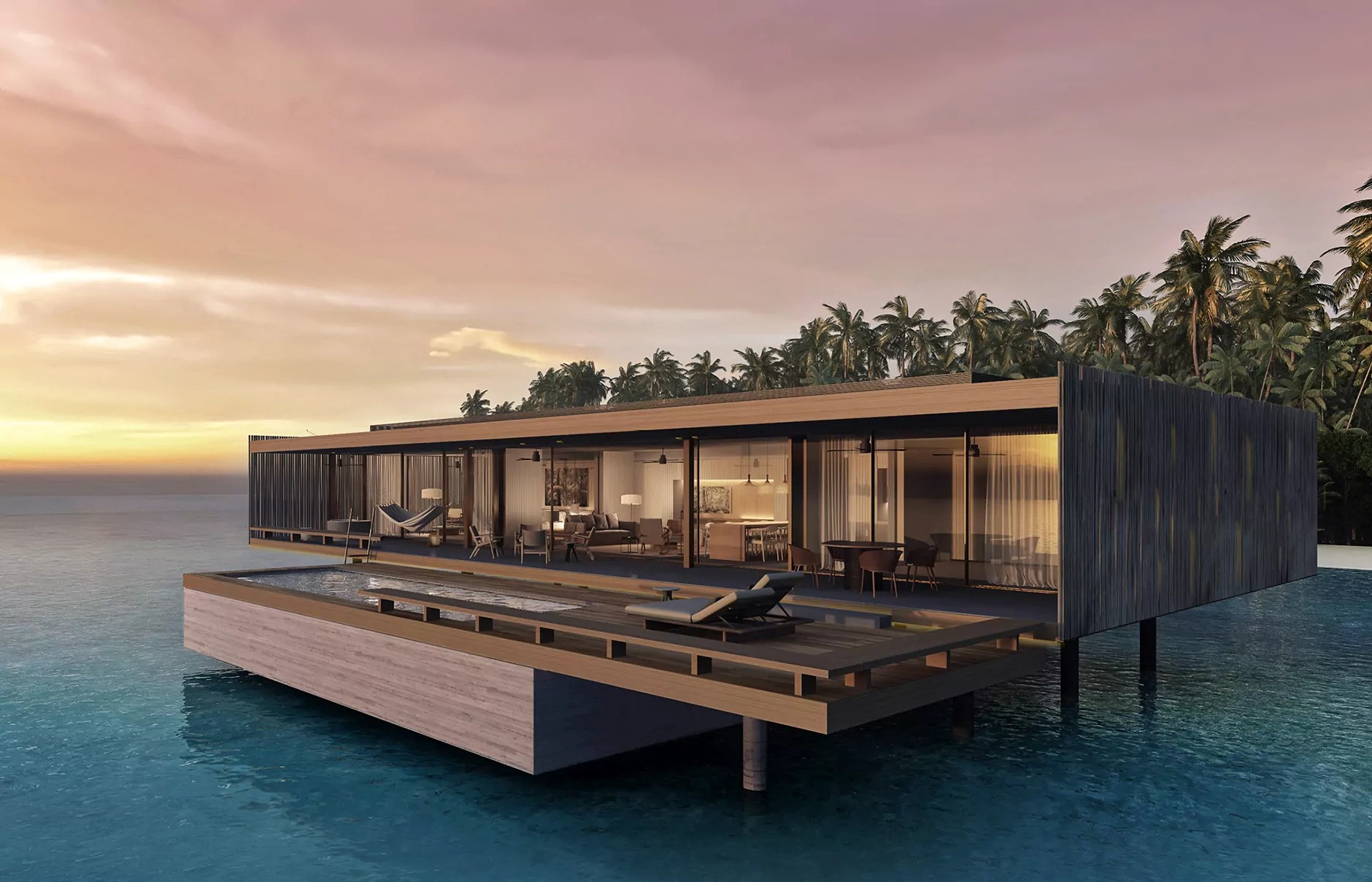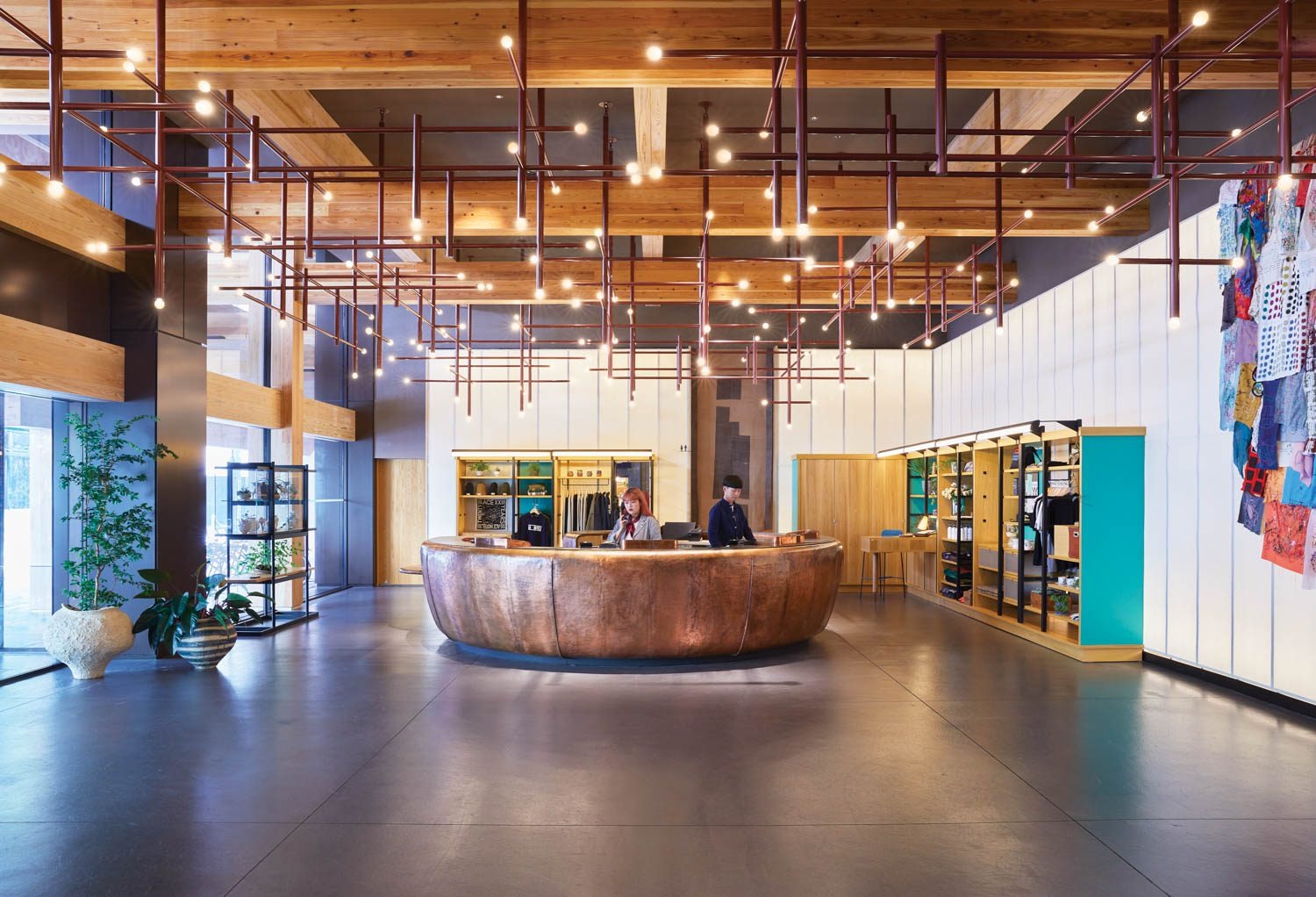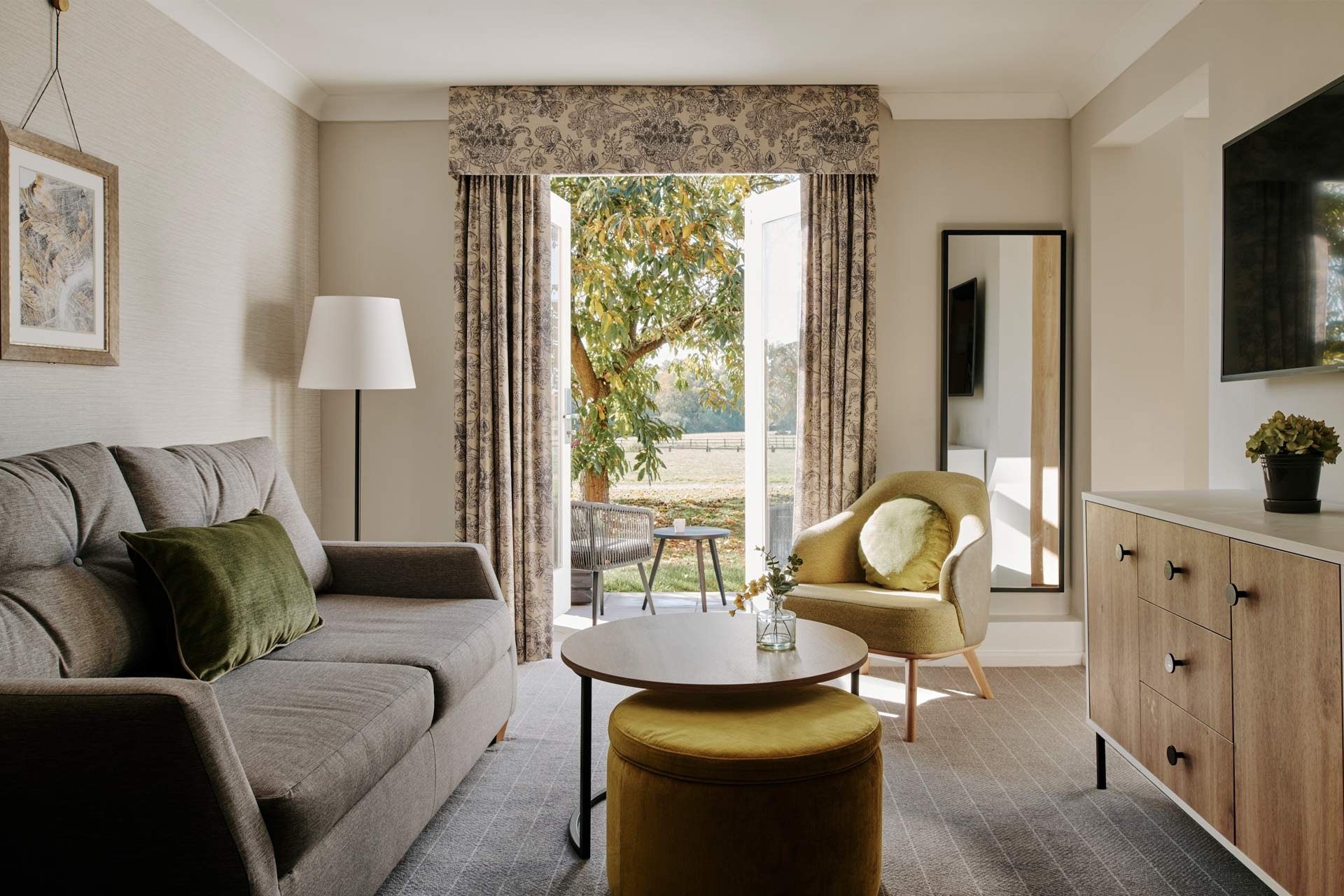While the hotel design puts the spotlight on “public spaces”, Illumination Physics explains how it has given a new meaning to the arrival experience of the Radisson Blu Hotel Cyprus with innovative lighting solutions…
Illumination Physics is famous for the integrated illumination of facades, but that’s not all we do. The chandelier at the Radisson Blu Hotel in Cyprus shows a different aspect of our business, but with the same project-specific custom design goal.
The hotel was opened to the public in October 2018. As one of the new types of restaurants in the fast-growing Cypriot leisure market, this Radisson is the first business hotel in a developing economy. The influx of investments from ex-patriots and the opening of casinos in Cyprus for the first time have created an exciting but competitive market where developers need to make strong visual statements to stand out in the rapidly changing business landscape.

The Radisson Blu is illuminated from the outside with dynamic illumination from illumination Physics to attract the attention of guests, as the feeling of arrival is crucial to their experience. Like most modern hotels, the Radisson Blu has an integrated shopping center. To be successful, this shopping center needed a difference, both in the show and in personality.
This is the origin of the large chandelier, which was designed by local architects Fluid Design and Cypriot lighting designers Archtube.
Grandiose in concept and dimensions, the chandelier occupies five hundred square meters in two huge displays that occupy the entire ceiling of the shopping center, surround the elevator core and, in turn, are surrounded by the shopping center.Bold in his vision, the chandelier consists of hanging elements made of polished hardwood, which protrude from the ceiling plane in five different lengths from 0.3 meters to 1.1 meters. The display consists of groups of 16 pendants that are repeated. About 10% of the pendant luminaires are self-illuminating light rods with a length of 700 mm on and 700 mm on + 400 mm off, which were specially developed for the illumination Physics project. There are a total of 4,032 devotees descending from a dull black sky. The chandelier occupies five hundred square meters.
Since the geometric design of the chandelier was defined, the challenge was to design and manufacture the illuminated pendant lamps. Our challenge was to design the pendants in such a way that their elegance and function correspond to their purpose. To meet the challenge, we have proposed the following:
All luminaires should only use white light with a color temperature of 2700K.
All luminaires had to have a diameter of 50 mm.
A gradient of the level of illumination over the length of the luminaire was desirable (some early tests were carried out with continuous linear LED illumination, but the result resembled the homogenized image of a fluorescent tube, which was completely wrong.
No shadows should appear in the trailer.
Most luminaires should have an illuminated cross-section of 700 mm, which is adjacent from the ceiling plane to the bottom of the pendant lamp.
A smaller number of trailers would have an illuminated length of 700 mm PLUS an unlit cross-sectional length of 400 mm.
Both types had to end without visible fastenings in the ceiling.
A diameter of 50 mm should be selected.

Regarding drivers and dimming, several options were discussed. The most elegant solution came to us, namely that we could create 63 groups of luminaires and dim each group individually. In addition, bright pendants could be attributed to these groups to create a sea of slow motion – we finally chose this option.
Regarding the pilot protocol, the customer asked DALI to connect them to his internal KNX control system. The first task was to make the optical design and the illuminator work perfectly.
Since the illuminated pendant lamp must provide a perfect shadow-free view from any angle, the only option was to illuminate the 50 mm cylinder axially with a single illumination point. This could only be done from the upper end of the pendant lamp, so that the light source could be completely hidden either in the unlit part of the pendant lamp or above the ceiling level. It turned out that none of the commercially available lenses would be good enough, so a custom composite optics was developed for the project. This was crucial because the intensity gradient had to be managed accurately. We have indicated an obvious gradient, but with maximum and minimum luminance levels. The LED lens was designed to interact with a reflector that closed the lower end of the tube. After the aesthetics were solved, we moved on to practical problems.
Complex, but absolutely convenient, the maintenance of the function is simple, and cleaning (always a challenge with chandeliers) is facilitated by the bayonet mount, which allows a trailer to be removed in a matter of seconds. Downlights, which increase the general lighting in the shopping center, are carefully hidden in the forest.

Now that the decision for a dynamic gradation had been made, some fundamental decisions were required. illumination Physics already manufactures a number of LED driver options. Our choice would be influenced by practical considerations.
The space above the ceiling would be practically inaccessible, so the idea of putting drivers and data in a vacuum was not an option that provided convenient maintainability. We rejected the idea of installing an individual driver for each trailer. It was much better to centralize the location of large pilots, who could control many trailers, in an easily accessible place outside the ceiling vacuum.




